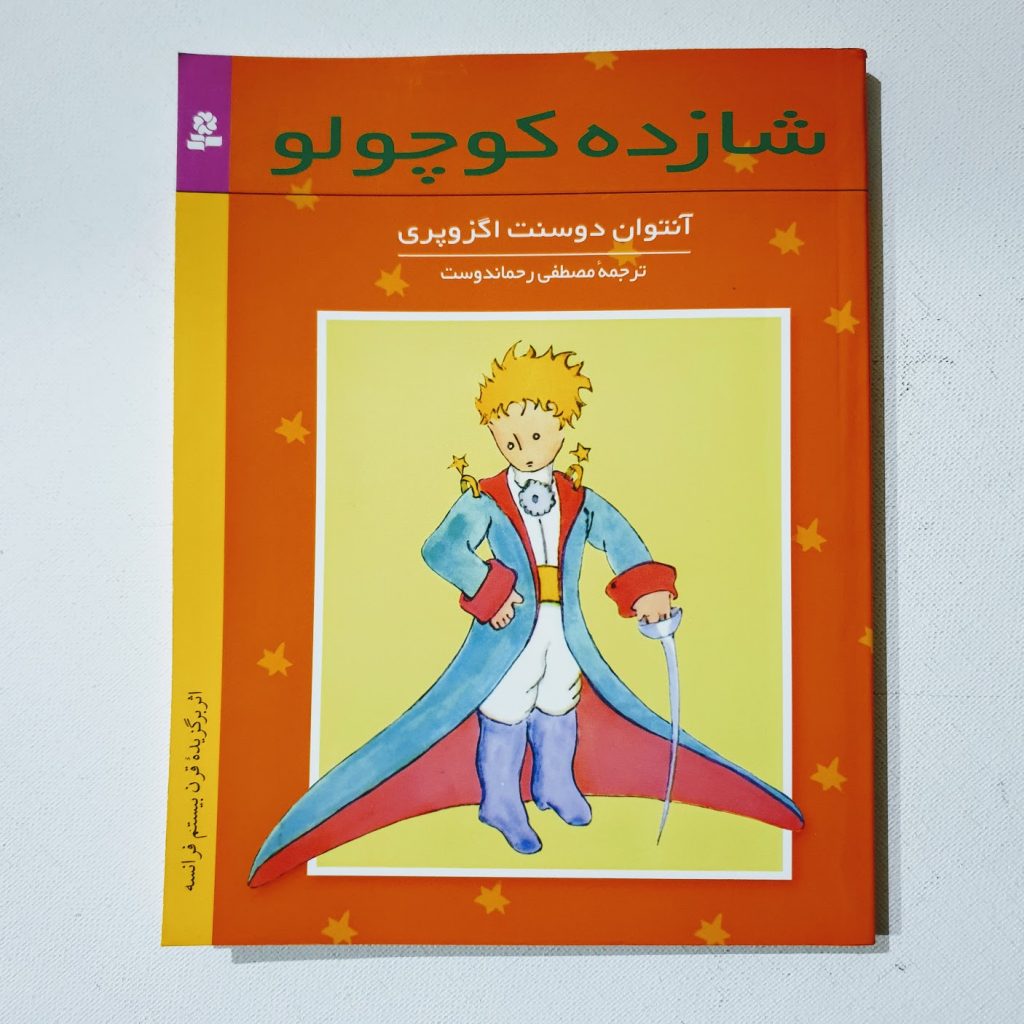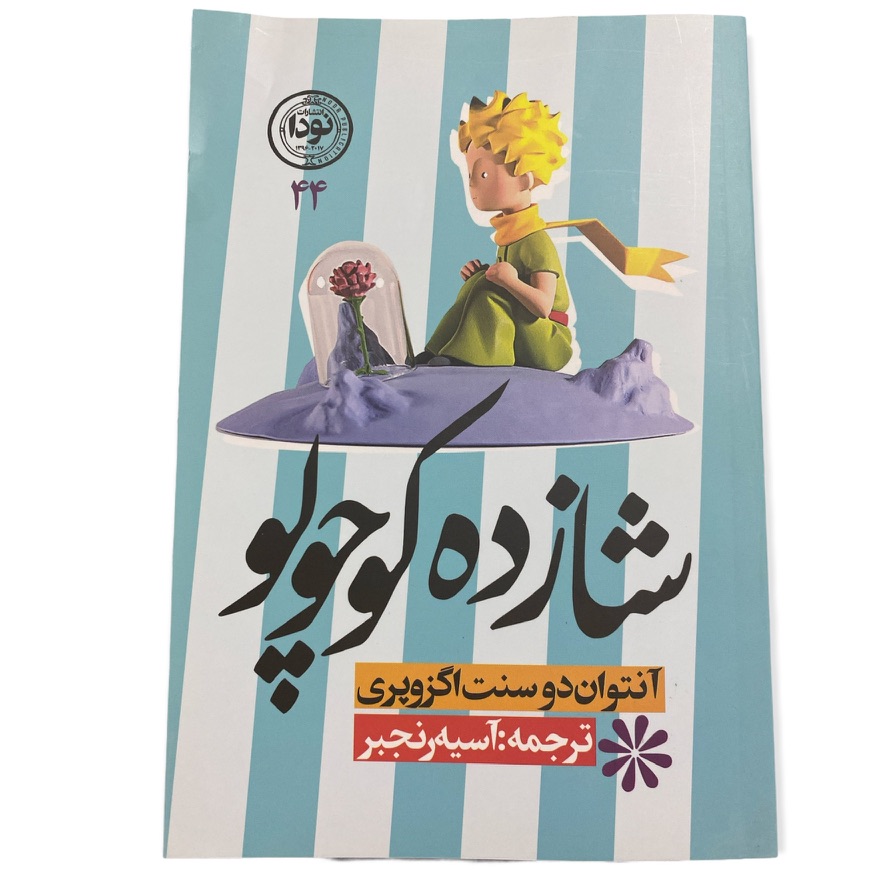
شازده كوجولو / Shazdah Kučulu — in the Persian language
Persian, also known by its native name Farsi (فارسی), is an Indo-European language belonging to the Iranian branch of the language family. It serves as the official language of Iran, Afghanistan (where it’s also known as Dari), and Tajikistan (where it’s called Tajiki and written in the Cyrillic script). With a rich history that dates back over two millennia, Persian has been a crucial cultural and literary language in the Middle East and Central Asia.
Persian’s history is traditionally divided into three stages:
- Old Persian (c. 525–300 BCE): The language of the Achaemenid Empire, documented in inscriptions using a cuneiform script.
- Middle Persian (c. 300 BCE–800 CE): Known as Pahlavi, it was the language of the Sassanian Empire and is found in Zoroastrian religious texts and inscriptions.
- New Persian (from c. 800 CE to the present): Emerging after the Islamic conquest of Persia, New Persian incorporated many Arabic words and was written in the Arabic script. It is the basis of contemporary Persian.

شازده كوجولو / Shazdah Kučulu — in the Persian language
Persian has a simple phonetic inventory, with six vowels and 23 consonants. It is known for its lack of phonemic vowel length and relatively straightforward syllable structure. Persian is notable for its use of a subject-object-verb (SOV) word order. It has a relatively simple grammatical structure, with no gender distinctions in nouns and minimal inflection. Verbs are marked for tense, mood, aspect, and person. Modern Persian has absorbed a significant number of loanwords from Arabic, as well as Turkic languages, French, Russian, and English in more recent times.
Contemporary Persian is written in a modified version of the Arabic script, adapted to accommodate Persian phonology. The script is written from right to left, and the Persian alphabet includes four letters not found in the Arabic alphabet to represent sounds specific to Persian.

شازده كوجولو / Shazdah Kučulu — in the Persian language
Persian is spoken by over 110 million people as a first or second language. It remains a vital language for cultural, religious, academic, and diplomatic discourse across the Persian-speaking world and beyond. Efforts to promote Persian language education and preserve its literary heritage continue, both within Persian-speaking countries and among the global diaspora.


